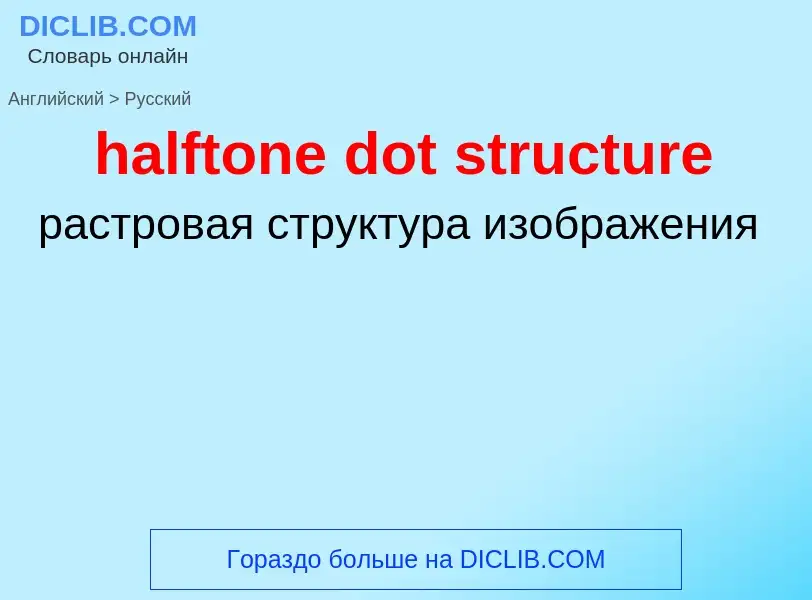Перевод и анализ слов искусственным интеллектом ChatGPT
На этой странице Вы можете получить подробный анализ слова или словосочетания, произведенный с помощью лучшей на сегодняшний день технологии искусственного интеллекта:
- как употребляется слово
- частота употребления
- используется оно чаще в устной или письменной речи
- варианты перевода слова
- примеры употребления (несколько фраз с переводом)
- этимология
halftone dot structure - перевод на русский
математика
точечная диаграмма
диаграмма разброса
общая лексика
полутон, полутоновое
черно-белое изображение, в котором эффект оттенков серого цвета получается либо изменением частоты (плотности) печати черных точек, либо изменением их размера (КГА)
растровое [изображение, печать], растр
полиграфия
автотипия
синоним
Определение
Википедия
Lewis structures, also known as Lewis dot formulas, Lewis dot structures, electron dot structures, or Lewis electron dot structures (LEDS), are diagrams that show the bonding between atoms of a molecule, as well as the lone pairs of electrons that may exist in the molecule. A Lewis structure can be drawn for any covalently bonded molecule, as well as coordination compounds. The Lewis structure was named after Gilbert N. Lewis, who introduced it in his 1916 article The Atom and the Molecule. Lewis structures extend the concept of the electron dot diagram by adding lines between atoms to represent shared pairs in a chemical bond.
Lewis structures show each atom and its position in the structure of the molecule using its chemical symbol. Lines are drawn between atoms that are bonded to one another (pairs of dots can be used instead of lines). Excess electrons that form lone pairs are represented as pairs of dots, and are placed next to the atoms.
Although main group elements of the second period and beyond usually react by gaining, losing, or sharing electrons until they have achieved a valence shell electron configuration with a full octet of (8) electrons, hydrogen (H) can only form bonds which share just two electrons.

![A skeletal diagram of [[butane]] A skeletal diagram of [[butane]]](https://commons.wikimedia.org/wiki/Special:FilePath/Butane-skeletal.png?width=200)


.jpg?width=200)
![Purple Screens used in [[offset printing]]. Angles 90°, 105°, 165°. Purple Screens used in [[offset printing]]. Angles 90°, 105°, 165°.](https://commons.wikimedia.org/wiki/Special:FilePath/Screens. Halftone process in printing. img 01.jpg?width=200)
